Paper cup die production process involves a series of intricate steps to create the dies used for manufacturing paper cups. These dies are essential for shaping and cutting the paper material into the desired cup shape. Understanding the detailed process of producing paper cup dies is crucial for ensuring the quality and efficiency of the final product.
1. Designing the Die
The first step in the paper cup die production process is designing the die itself. This involves creating a detailed blueprint of the die, including the dimensions, shape, and cutting mechanisms. The design must be precise to ensure that the paper cups produced will meet the required specifications.
2. Material Selection
Once the design is finalized, the next step is selecting the appropriate materials for constructing the die. Typically, dies are made from durable materials such as steel or aluminum to withstand the rigors of cutting and shaping paper. The chosen material must be strong enough to maintain its shape and sharpness over time.
3. CNC Machining
After the material is selected, the die production process moves onto CNC machining. Computer Numerical Control (CNC) machines are used to precisely carve out the design of the die from the chosen material. This automated process ensures accuracy and consistency in the production of the dies.
4. Heat Treatment
Following CNC machining, the dies undergo a heat treatment process to enhance their durability and hardness. Heat treatment involves subjecting the dies to high temperatures and then cooling them rapidly to improve their toughness and wear resistance. This step is essential for prolonging the lifespan of the dies.
5. Surface Finishing
Once the heat treatment is complete, the dies undergo surface finishing to smooth out any rough edges or imperfections. This step is crucial for ensuring that the die's cutting edges are sharp and precise, resulting in clean and uniform cuts on the paper material during the cup manufacturing process.
6. Quality Inspection
Before the dies are put into production, they undergo rigorous quality inspection to ensure that they meet the required standards. Each die is carefully examined for accuracy, sharpness, and durability to guarantee optimal performance during the paper cup manufacturing process.
7. Trial Run
Once the quality inspection is complete, the dies are tested in a trial run to assess their performance and functionality. This test run allows manufacturers to identify any potential issues or adjustments needed before full-scale production begins. It also ensures that the dies are compatible with the paper cup manufacturing equipment.
8. Production Scaling
After successful testing, the paper cup dies are ready for full-scale production. The dies are installed in the cup manufacturing machines, where they play a crucial role in shaping and cutting the paper material to create the final product. Proper maintenance and periodic sharpening of the dies are essential to ensure consistent cup quality.
Conclusion
In conclusion, the paper cup die production process is a meticulous and multi-step procedure that requires precision, expertise, and attention to detail. From designing the die to testing it in production, each step contributes to the overall quality and efficiency of the paper cup manufacturing process. By understanding and optimizing each stage of die production, manufacturers can ensure the consistent production of high-quality paper cups for various applications.




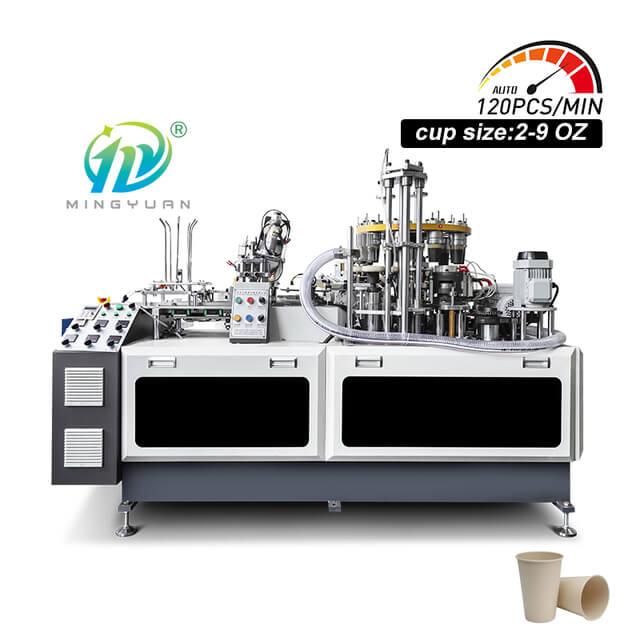
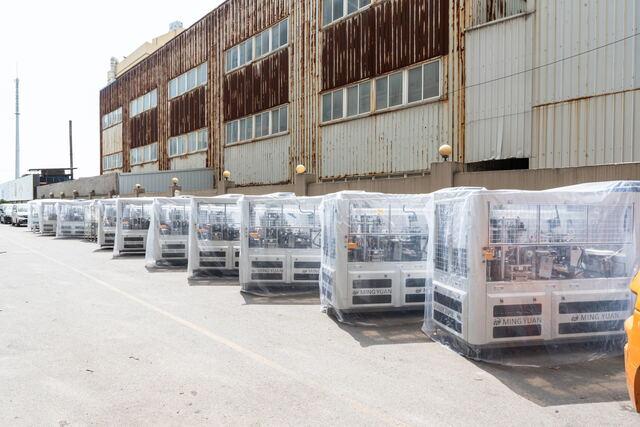
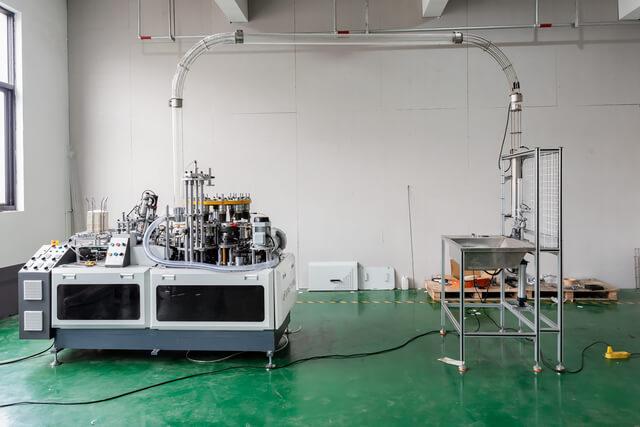
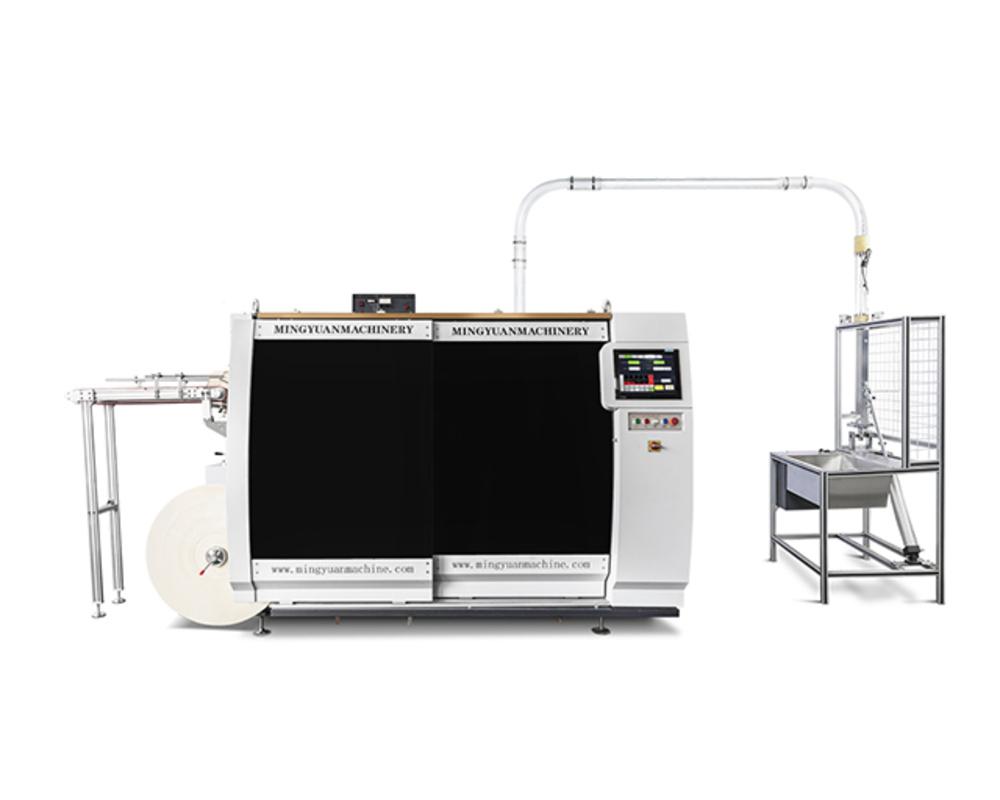

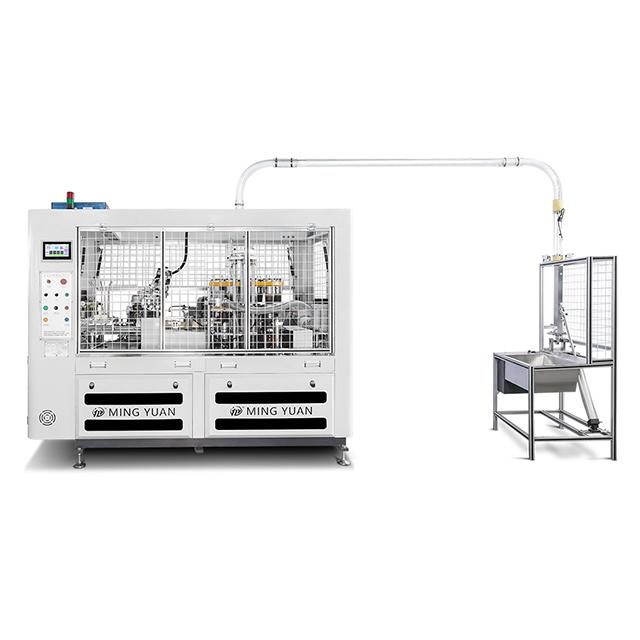

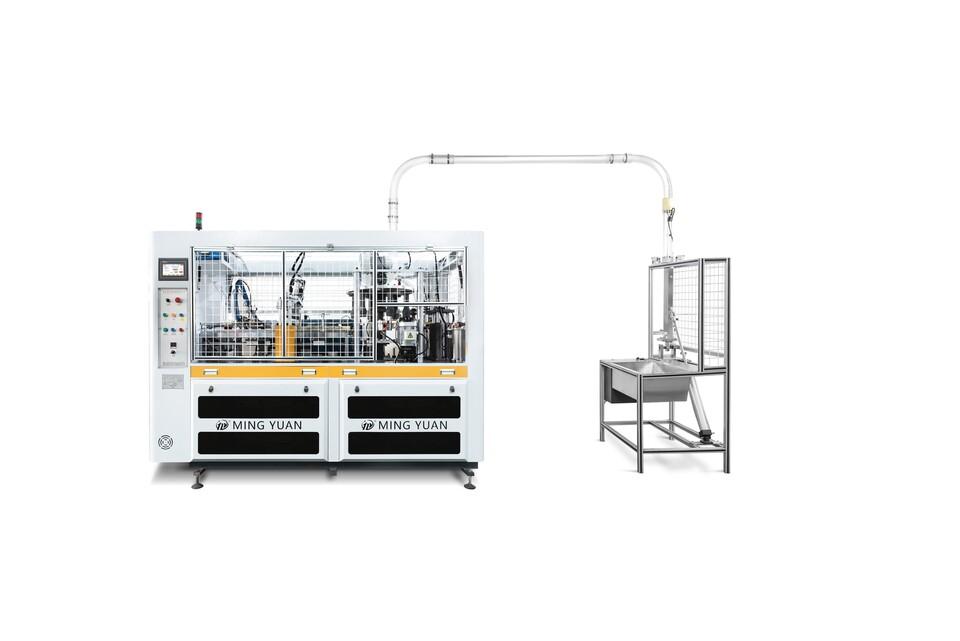




 Tel: +86-19057361870 / +86 577 65567060
Tel: +86-19057361870 / +86 577 65567060  Email: paperproductwholesaler@gmail.com
Email: paperproductwholesaler@gmail.com MP/WhatsApp: +86-19057361870
MP/WhatsApp: +86-19057361870 Manufacturer Address:No.1588, Huaming Road, Feiyun Street,Ruian City Zhejiang Province -325200 China
Manufacturer Address:No.1588, Huaming Road, Feiyun Street,Ruian City Zhejiang Province -325200 China




